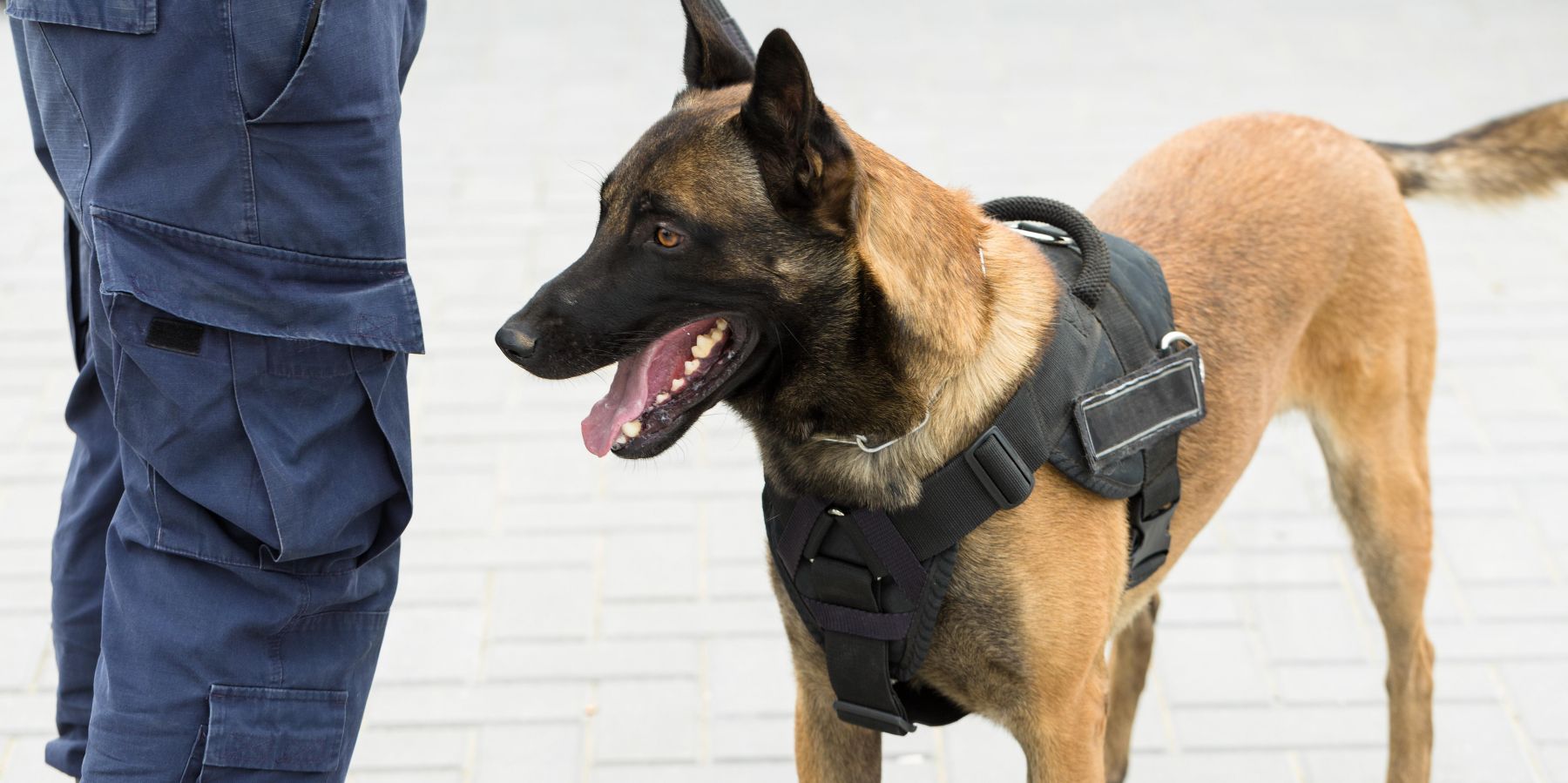Owning an aggressive dog can be challenging, not just in terms of training and management but also when considering legal and safety implications. It’s vital for owners of such pets to understand and navigate these concerns responsibly. This blog delves into key aspects that owners of an aggressive dog should be aware of, aiming to provide guidance and promote safety and compliance with legal standards.
Understanding Legal Responsibilities
The legal responsibilities of owning an aggressive dog can vary based on location, but there are common elements:
- Liability for Bites or Attacks: Owners are often legally responsible for any harm their dog causes to people or other animals. This can lead to lawsuits or criminal charges in severe cases.
- Breed-Specific Legislation: Some regions have laws targeting specific breeds deemed more likely to be aggressive. It’s essential to know if your dog’s breed falls under such regulations.
- Registration and Identification: In many areas, dogs, especially those classified as dangerous or aggressive, must be registered with local authorities and properly identified.
- Mandatory Reporting: If your dog has shown aggressive behavior or bitten someone, you may be legally required to report this to local animal control or law enforcement agencies.
Safety Precautions for Owners
Owning an aggressive dog demands diligent safety measures to protect the dog, the owner, and others:
- Secure Housing: Ensure your dog is securely contained within your property, using fences or kennels that prevent escape.
- Leashing and Muzzling: When in public, keeping your dog on a sturdy leash and, if necessary, using a muzzle, can prevent unexpected attacks.
- Warning Signs: Displaying clear warning signs on your property about your dog’s presence can help prevent unwanted encounters.
- Insurance: Consider liability insurance for dog owners, which can offer protection in case of an incident.
Training and Behavior Management
Ongoing training and behavior management are crucial for mitigating the risks associated with an aggressive dog:
- Professional Training: Work with a professional dog trainer or behaviorist who specializes in aggressive dogs to develop a training program tailored to your dog’s needs.
- Consistent Obedience Training: Regular training to reinforce obedience and control can significantly reduce the risk of aggressive incidents.
- Understanding Triggers: Knowing what triggers your dog's aggression – such as other animals, strangers, or specific situations – and avoiding these triggers can help prevent aggressive outbursts.
Emergency Preparedness
Being prepared for an aggressive incident is crucial:
- Develop an Emergency Plan: Have a plan for quickly and safely restraining your dog if they become aggressive.
- First-Aid Knowledge: Learn basic first aid for dog bites and injuries, both for humans and animals.
- Emergency Contacts: Keep a list of emergency contacts, including your vet, local animal control, and a legal advisor familiar with dog laws.
Conclusion
Owning an aggressive dog comes with significant legal and safety responsibilities. It requires an informed and proactive approach, encompassing understanding legalities, ensuring safety, engaging in consistent training, and being prepared for emergencies. With the right strategies and an understanding of the law, owners can navigate the challenges of having an aggressive dog, ensuring safety for all involved and a fulfilling life for their pet.


